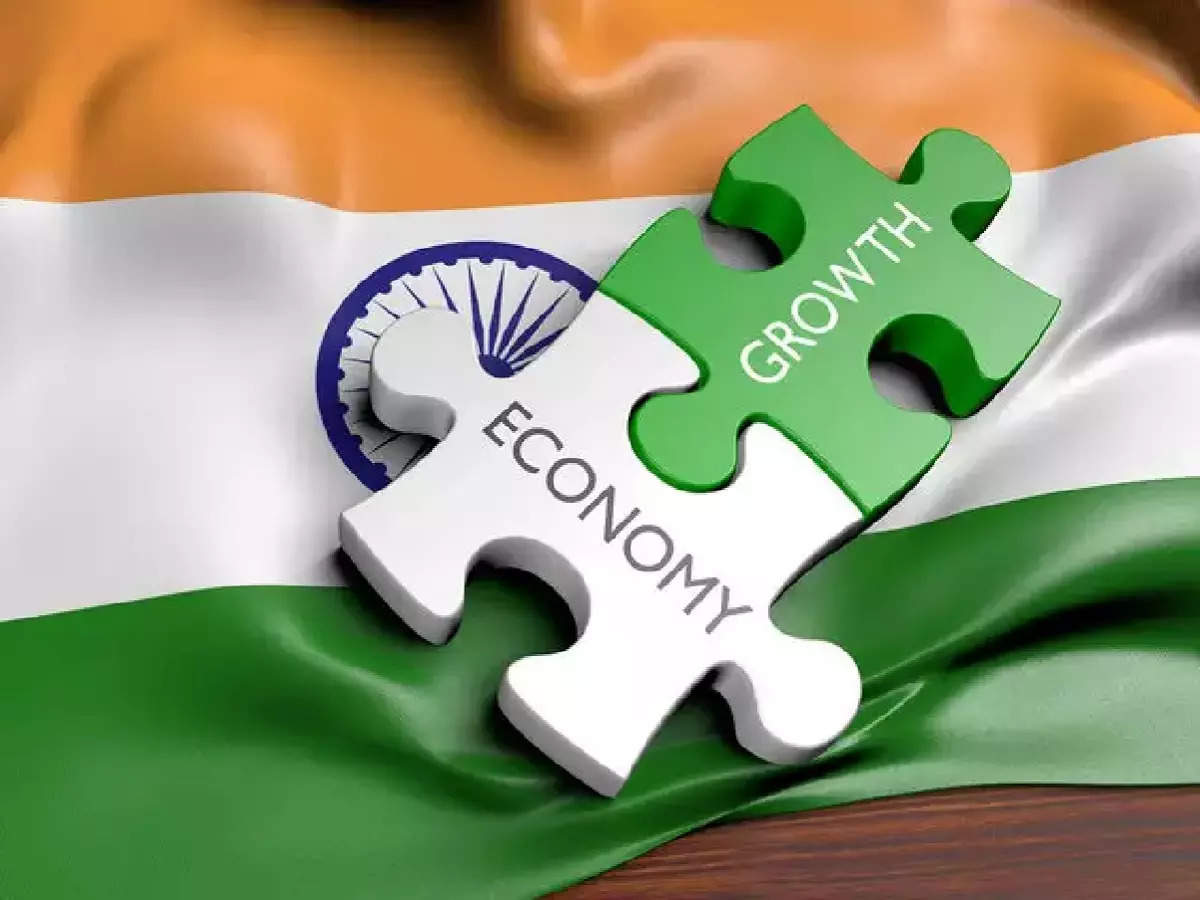- The Economic Research Department of the State Bank of India (SBI) recently published a research titled “Debunking K-shaped recovery,” which addresses the ongoing controversy concerning India’s post-pandemic recovery and its supposed K-shaped character.
- This discussion has enormous ramifications for the country’s rising inequality.
What is K-Shape Recovery?
- A K-shaped recovery happens when, following a recession, different sectors of the economy recover at different rates, times, or magnitudes.
- This contrasts with an even, consistent recovery across sectors, industries, or groups of people.
- A K-shaped recovery causes changes in the structure of the economy or larger society because economic outcomes and relationships are fundamentally altered before and after the crisis.
- This sort of recovery is known as K-shaped because the paths of different sectors of the economy might diverge when charted together, resembling the two arms of the Roman letter “K.”
SBI Challenges Conventional Wisdom
- Controversial Message: The report’s core message suggests a potential “conspiracy” against India’s prosperity, casting doubt on the reliability and motive of the economic review.
- Message Summary: It disputes the validity of the K-shaped recovery concept, calling it “flawed” and motivated by certain vested interests that are uneasy with India’s ascension on the world stage.
Re-evaluating Economic Well-Being
- Parameters under Scrutiny: The report questions standard parameters used to assess economic well-being.
- New Considerations: It shows patterns in income, savings, consumption, and expenditure, as well as policy actions aimed at empowering the masses through technology-driven solutions, calling into question the use of obsolete statistics such as 2-wheeler sales or land holdings.
Shaping a Narrative
- Polarized Environment: In an era of increased polarisation and India’s development as a major economy, the report’s rhetoric, which includes expressions like “fanning interests” and “renaissance of the new global south,” appears to be consistent with contemporary political narratives.
- Narrative Shift: The study introduces a new narrative that focuses on reducing inequality in India
Claims of Inequality
- Income disparity Reduction: According to the research, income disparity has decreased, with the Gini coefficient of taxable income falling from 0.472 to 0.402 between fiscal years 2014 and 2022.
- Limited Sample: However, the study is based on “taxable income” from a small fraction (about 5%) of the population, especially those who pay income taxes, making it less representative of the informal sector and overall economy.
- Food Orders as Proxy: The study also examines Zomato food orders, particularly from semi-urban areas, to refute allegations of economic suffering.
Concerns about representativeness
- The SBI research focuses on the formal sector, which is a privileged minority in the Indian economy.
- Inequality argument: This focus reflects the crux of the inequality argument, in which people excluded from economic growth continue to fall behind while those who are already wealthy see tremendous growth.
A Different Perspective: Contrasting Reports
- Another assessment, “The State of Inequality in India,” commissioned by the Prime Minister’s Economic Advisory Council in 2022, showed the country’s increasing disparity.
- Unimaginable differences: It observed that an individual earning Rs 25,000 per month was in the top 10% of earners, highlighting the severe economic differences.
Source: https://www.livemint.com/economy/sbi-study-questions-flawed-narrative-of-k-shaped-recovery-highlights-five-major-trends-of-indian-economy-11704702238245.html

